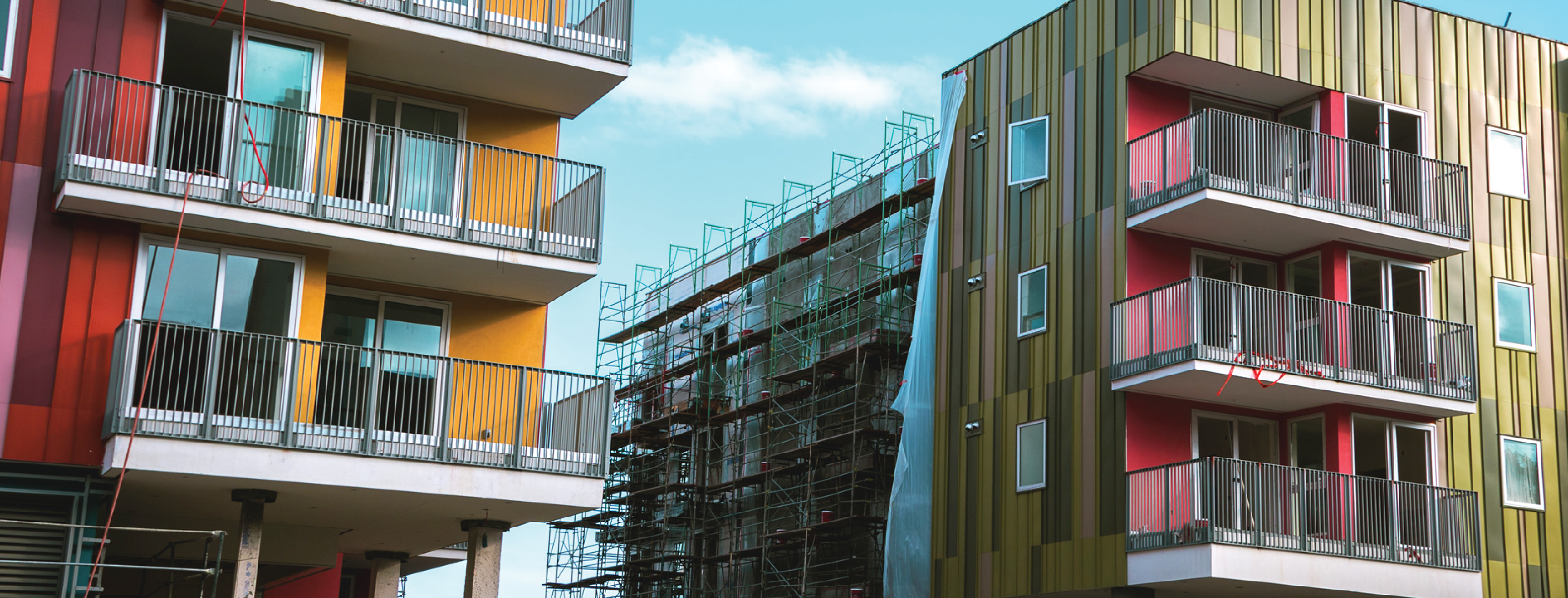
-
Category:
- Communities
Across the United States, cities are striving to be desirable places to live. From incentivizing the production of new affordable units to increasing the number of available housing options, cities like Los Angeles are doing their part to support the economic well-being of their neighborhoods.
Here in Los Angeles, we plan for housing at the regional, citywide, and local levels. Due to the sheer size of our City and the diverse makeup of our population, we rely on our Community Plan Updates to guide growth and development in each of Los Angeles’s 35 Community Plan areas.
In California, the Housing Element of the General Plan is responsible for ensuring that all cities do their fair share in planning for regional housing growth. This is carried out through the Regional Housing Needs Assessment (RHNA), a target for housing units set by the Southern California Association of Governments (SCAG) every eight years. SCAG allocates these housing targets to each region, and then to local jurisdictions. Each city in California must demonstrate sufficient capacity for housing to accommodate the number of units identified in the RHNA.
Role of City Planning

This year, both the regional allocation and the City’s allocation were significantly larger than past years’ targets. The size of the allocation results from a change in the State’s formula in response to the housing crisis, which now calculates “existing need” (i.e., units we need to alleviate challenges like overcrowding and homelessness) alongside the traditional “projected need” (i.e., units we need to accommodate new residents).
To meet these targets, Los Angeles is working on a plan that would provide nearly 457,000 new housing units, about 40 percent of which would accommodate lower-income households.
Los Angeles’s Housing Element, also called "the Plan to House LA," identifies the City’s housing needs and opportunities and establishes clear goals, policies, and objectives to inform future housing decisions. When the ongoing update to the Housing Element is completed, it will guide the creation and implementation of Los Angeles’s housing policy from 2021 to 2029.
Working alongside the Housing + Community Investment Department (HCIDLA), City Planning has introduced and gathered feedback on six main concepts that will guide future housing policy considerations. All six concepts respond to urgent needs: addressing the housing shortage, advancing racial equity and access to opportunity, working to minimize displacement and strengthen tenant protections, and promoting sustainability and resilience. Like its predecessors, the Housing Element for 2021-2029 identifies strategies to address issues such as affordability, overcrowding, and homelessness.
To learn more about the concepts and housing strategies proposed in the Housing Element Update, visit https://planning4la.org/plan2housela.